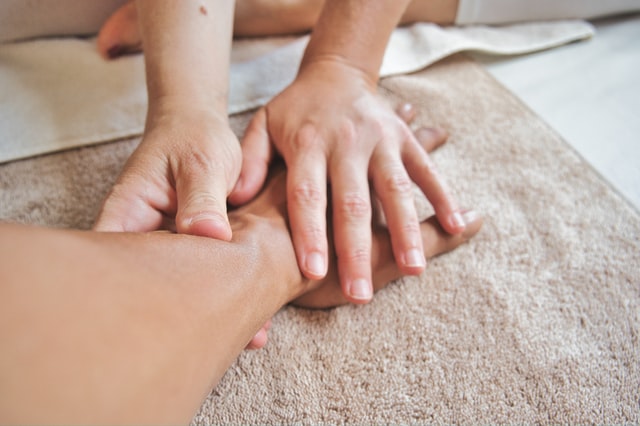Somatic Therapy: Definition, Examples, & ExercisesLearn the definition of somatic therapy, its most common types and techniques, and how somatic therapy can help you and the people you love.
Many of our experiences in healing treat our mind and body like they are separate entities. The tradition of seeing things this way is called Cartesian dualism, named after the French philosopher, Rene Descartes, who thought our minds had no physical form and were therefore completely separate from our physical bodies (Descartes, 1993).
Although this dualism has guided scientific and medical thinking for many years, in the last several decades, more and more healthcare providers have recognized that healing the mind and healing the body are in fact closely connected or overlapping tasks. Some of these providers use somatic therapy to treat the mind and body at the same time, helping both heal simultaneously. Read on to learn the definition of somatic therapy, its most common types and their techniques and exercises, and how somatic therapy can help you and the people you love. Before reading on, if you're a therapist, coach, or wellness entrepreneur, be sure to grab our free Wellness Business Growth eBook to get expert tips and free resources that will help you grow your business exponentially. Are You a Therapist, Coach, or Wellness Entrepreneur?
Grab Our Free eBook to Learn How to
|
Are You a Therapist, Coach, or Wellness Entrepreneur?
Grab Our Free eBook to Learn How to Grow Your Wellness Business Fast!
|
Terms, Privacy & Affiliate Disclosure | Contact | FAQs
* The Berkeley Well-Being Institute. LLC is not affiliated with UC Berkeley.
Copyright © 2024, The Berkeley Well-Being Institute, LLC
* The Berkeley Well-Being Institute. LLC is not affiliated with UC Berkeley.
Copyright © 2024, The Berkeley Well-Being Institute, LLC




